10 Ways To Win The Trust And Love Of A Rescue Dog

Welcoming a rescue dog into your home is a rewarding experience filled with joy and companionship.
However, building trust and love with a rescue dog requires patience, understanding, and the right approach. These methods will help you foster a deep, lasting bond with your new furry friend.
Each strategy is designed to make your dog feel safe, loved, and respected in their new environment, ensuring a happy, harmonious relationship.
By following these steps, you’ll not only gain your dog’s trust but also create a loving home where they can thrive.
1. Provide Time And Space
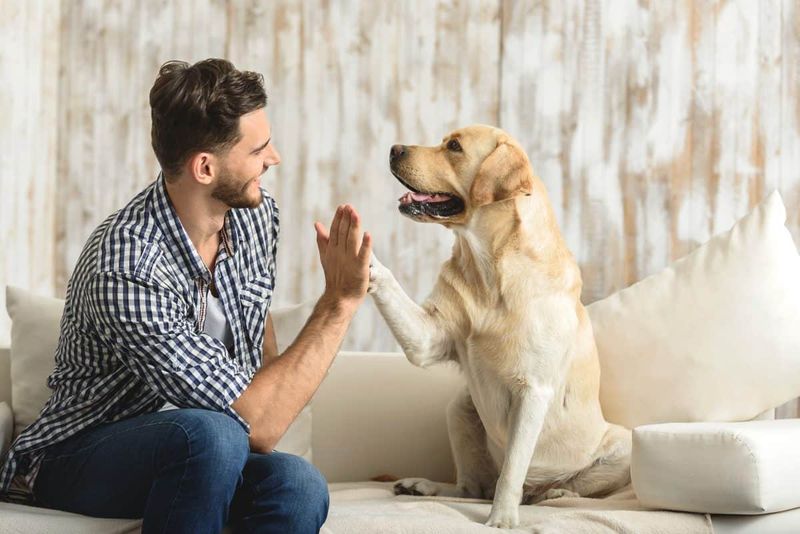
Allow your rescue dog to acclimate to their new environment at their own pace. Avoid overwhelming them with excessive attention or demands, giving them the freedom to explore and adjust comfortably.
Create an atmosphere of acceptance, where your dog can feel secure and loved without feeling pressured. By giving them time and space, you show respect for their needs and encourage them to open up at their own speed.
This patience fosters trust and reassures your dog that they are safe and welcome in their new home. Let them discover comfort in their surroundings naturally.
2. Create A Safe Haven
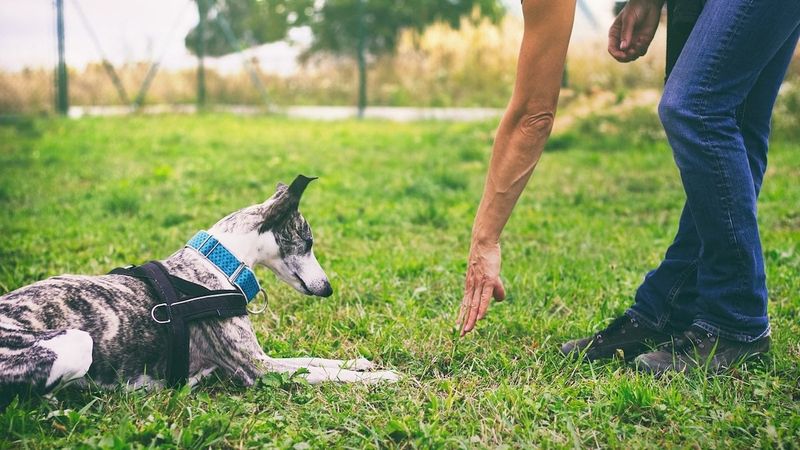
Establish a designated area in your home where your dog feels secure, such as a quiet room or a cozy crate. This space serves as their personal retreat, helping them feel protected and reducing anxiety.
Allow your dog to retreat to this safe haven whenever they feel overwhelmed or in need of rest. Personalizing this area with their favorite toys or a warm blanket can enhance its comfort.
Gradually, your dog will associate this place with safety and relaxation, which is essential for building trust. Make sure this area remains quiet and undisturbed.
3. Maintain A Consistent Routine
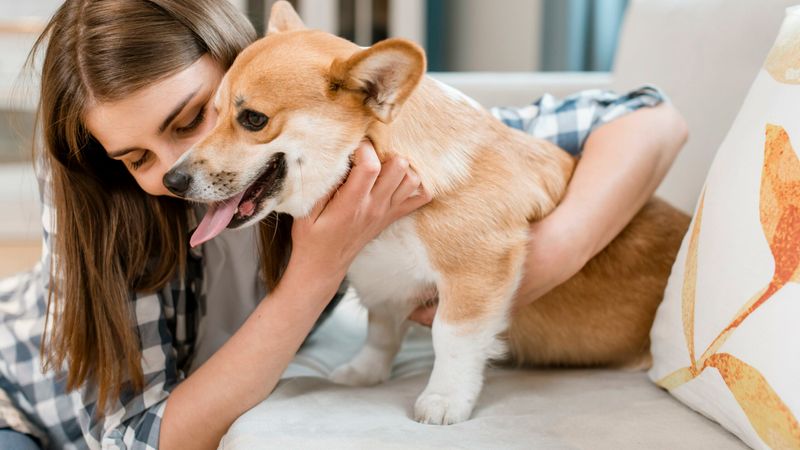
Implementing regular schedules for feeding, walks, and rest provides predictability, which can significantly reduce stress and help your dog feel more secure in their new environment.
Consistency is key; it builds a sense of stability and trust in your relationship. By maintaining a routine, your dog learns what to expect and when, which alleviates anxiety and fosters a feeling of safety.
This structure not only benefits the dog but also strengthens the bond between you. Ensure that you adhere to this routine as closely as possible to reinforce your dog’s trust.
4. Use Positive Reinforcement
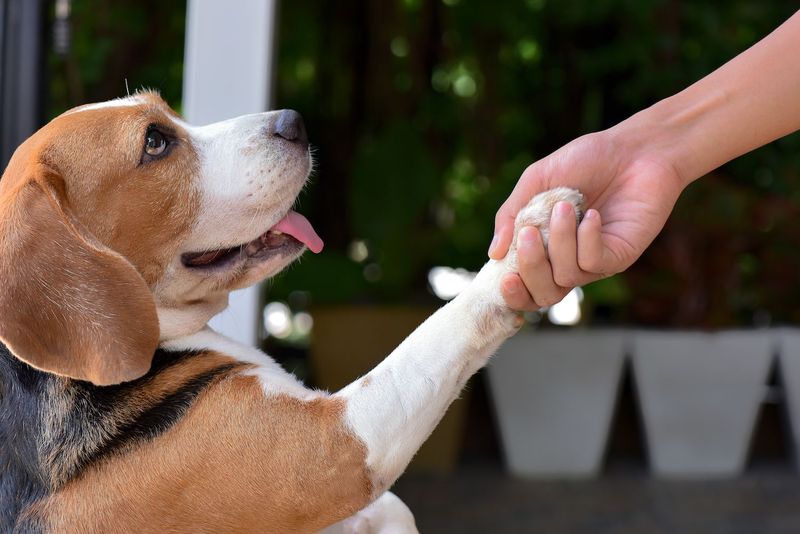
Reward desired behaviors with treats, praise, or playtime. This approach encourages trust and reinforces positive actions, making your dog more likely to repeat them.
Focus on what your dog does right and amplify those moments with positive feedback. This method of training builds confidence and strengthens your bond. When your dog realizes that good behavior results in pleasant experiences, they naturally gravitate towards those actions.
Positive reinforcement is not only effective but also a joyful way to connect with your dog. It highlights the importance of mutual respect and understanding.
5. Learn Canine Communication
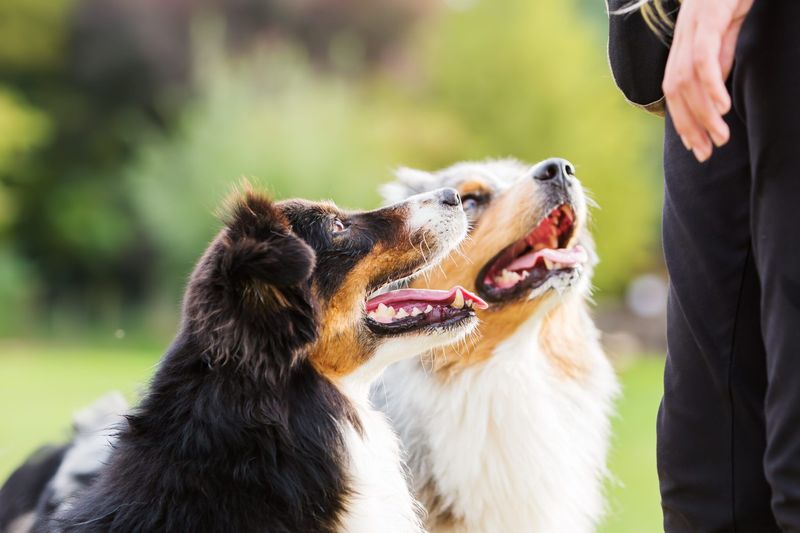
Understanding your dog’s body language and signals enables you to respond appropriately to their needs and emotions, fostering mutual trust and respect. Pay attention to their gestures, such as tail wagging, ear position, and vocalizations.
Each of these signals provides insight into their current mood and intentions. By learning to interpret these cues, you can adjust your interactions to align with your dog’s comfort level, thereby strengthening your bond.
This awareness shows your dog that you are attentive and considerate of their feelings. It’s a vital step in building a harmonious relationship.
6. Offer Choices And Respect Boundaries
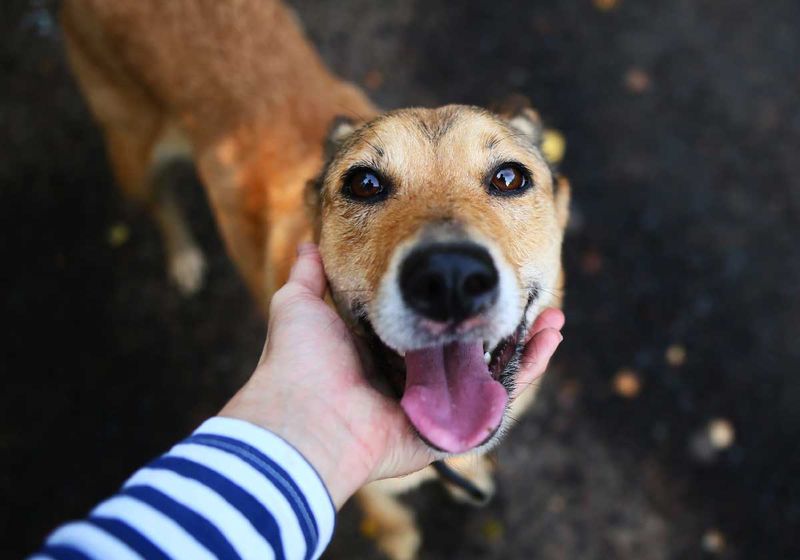
Allow your dog to make simple decisions, like choosing a toy or selecting a resting spot. Respecting their preferences and boundaries empowers them and builds confidence.
Offering choices encourages independence and helps your dog feel valued as an individual. This empowerment leads to a more confident and happy pet.
Always observe your dog’s reactions to ensure that their boundaries are respected, and never force them into uncomfortable situations. By allowing them to make choices, you demonstrate your trust in their judgment and create a supportive environment that fosters love and trust.
7. Engage in Interactive Play And Training
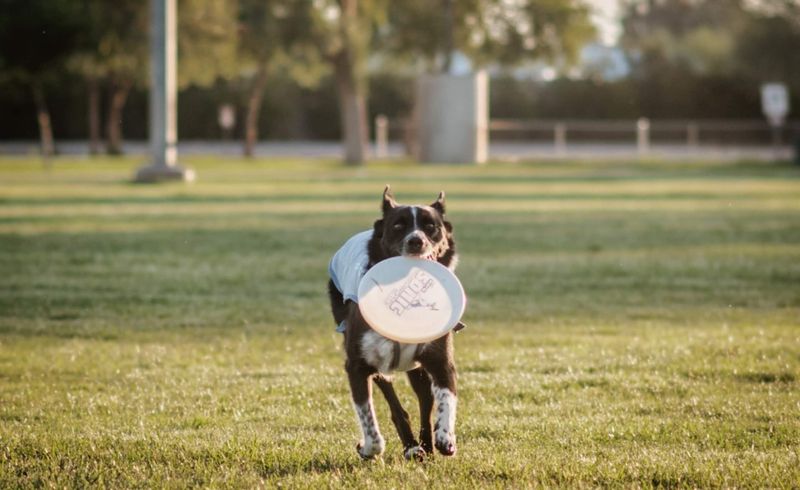
Participate in activities that stimulate your dog’s mind and body, such as fetch or puzzle toys. Engaging in reward-based training sessions not only teaches new skills but also strengthens your bond.
Interactive playtime is a fun way to build trust and show your dog that you enjoy spending time together. These sessions should be enjoyable and rewarding, highlighting your commitment to your dog’s well-being.
By focusing on interactive and engaging activities, you provide your dog with the mental and physical stimulation they need, which helps to alleviate stress and encourage positive behavior.
8. Introduce New Experiences Gradually

Expose your dog to new environments, people, and other animals slowly and positively, ensuring each experience is enjoyable and not overwhelming.
Gradual introductions prevent your dog from feeling anxious or threatened in unfamiliar situations. Start with short, positive encounters and gradually increase exposure as your dog becomes more comfortable.
This careful approach helps build your dog’s confidence and adaptability, making them more comfortable in various settings. Each positive experience adds to their sense of security and trust in you as their guide and protector. Patience and understanding are crucial here.
9. Be Patient And Compassionate
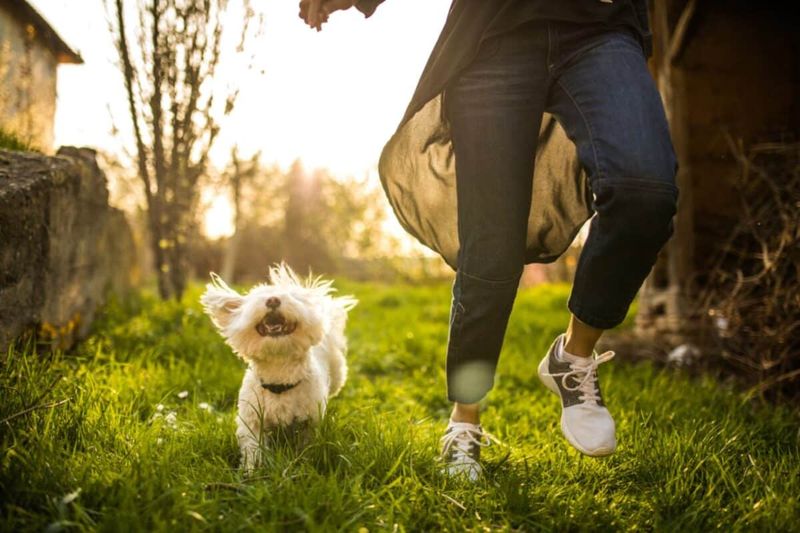
Recognize that building trust takes time, especially if your rescue dog has faced past traumas. Approach setbacks with empathy, and celebrate small victories along the way. Patience and compassion are your greatest allies in forming a strong bond with your dog.
Each day is an opportunity to deepen your connection, so remain calm and understanding, especially during challenging times. Your dog will appreciate your gentle approach and begin to trust you more each day.
By being consistently patient and compassionate, you nurture a loving environment where your rescue dog can flourish and feel secure.
10. Advocate For Your Dog’s Needs
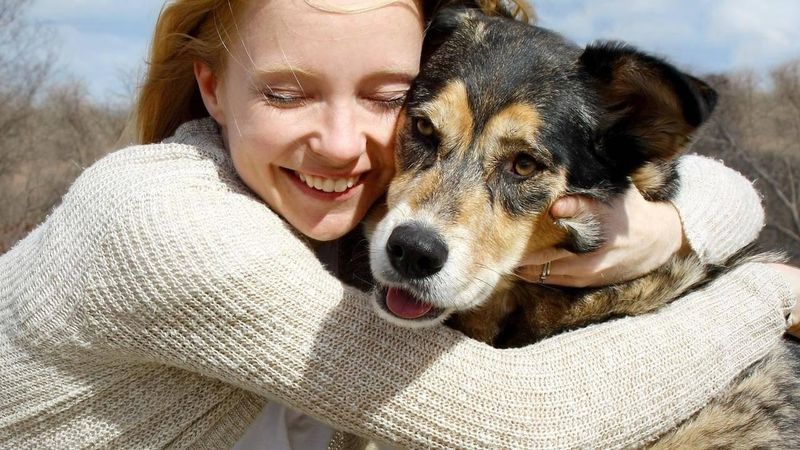
Protect your dog from stressful situations and ensure their physical and emotional needs are met. Being their advocate reinforces your role as a trustworthy and reliable companion.
This involves understanding your dog’s unique needs and working to address them, whether it’s through proper nutrition, regular vet visits, or creating a peaceful home environment.
By prioritizing your dog’s well-being, you show them that they can rely on you for safety and support. Advocacy is an ongoing process that solidifies trust and deepens your bond, making your rescue dog feel truly loved and cared for.






